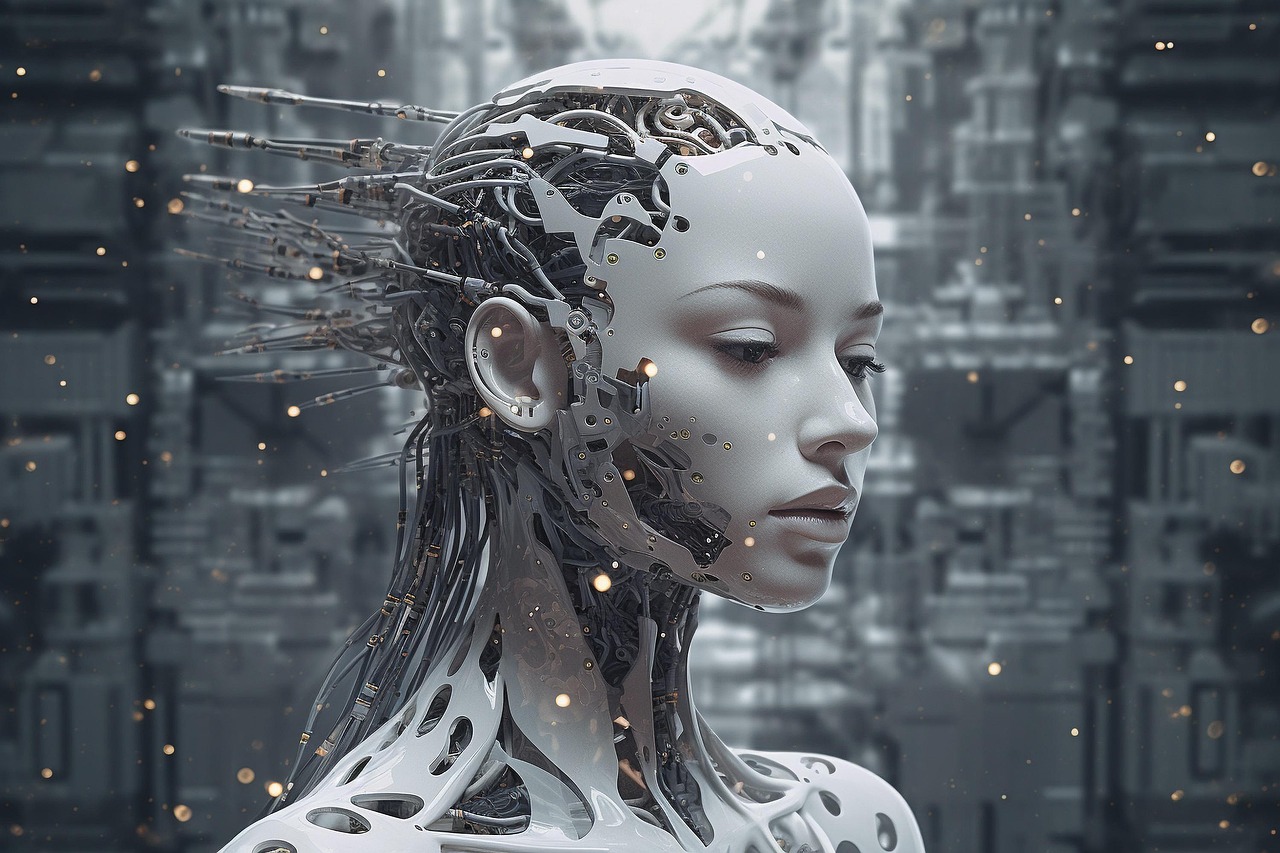The relentless march of artificial intelligence continues to reshape our world, driving innovation across industries and pushing the boundaries of what’s possible. From self-driving cars navigating complex cityscapes to AI-powered medical diagnoses offering unprecedented accuracy, the breakthroughs are happening at an accelerating pace. This blog post delves into some of the most significant AI advancements, exploring their implications and potential impact on our future.
The Rise of Generative AI
Understanding Generative Models
Generative AI models are revolutionizing content creation, enabling machines to generate realistic and diverse outputs such as text, images, audio, and video. These models learn from vast datasets and then use this knowledge to create entirely new content.
Practical Applications
- Content Creation: AI tools like GPT-3 and DALL-E 2 are being used to write articles, create marketing copy, and even generate original artwork.
- Product Design: Generative AI can assist in designing new products by generating multiple design options based on specified parameters. For example, architects are using AI to explore different building designs and optimize for factors like energy efficiency and cost.
- Drug Discovery: AI is accelerating drug discovery by generating potential drug candidates and predicting their effectiveness, significantly reducing the time and cost associated with traditional methods.
- Example: A company is using generative AI to create personalized training programs for athletes, tailoring exercises and nutrition plans based on individual performance data and goals.
Benefits
- Increased efficiency and productivity
- Cost reduction in content creation and R&D
- Unlocking new creative possibilities
Advancements in Natural Language Processing (NLP)
NLP: Bridging the Communication Gap
Natural Language Processing (NLP) focuses on enabling computers to understand, interpret, and generate human language. Recent advancements have made NLP models more powerful and versatile than ever before.
Key Developments
- Transformer Networks: Architectures like Transformers have significantly improved the ability of NLP models to understand context and relationships in text.
- Large Language Models (LLMs): LLMs, such as BERT and its successors, are trained on massive datasets and can perform a wide range of NLP tasks, including translation, summarization, and question answering.
Real-World Impact
- Improved Customer Service: Chatbots powered by NLP are providing instant and personalized customer support, reducing wait times and improving customer satisfaction.
- Enhanced Search Engines: NLP allows search engines to better understand the intent behind user queries, delivering more relevant and accurate results.
- Automated Content Summarization: NLP tools can automatically summarize lengthy documents, saving time and effort for researchers and professionals.
- Example: A hospital uses NLP to analyze patient records and identify potential health risks, enabling proactive interventions and improving patient outcomes.
Actionable Takeaway
- Explore how NLP can automate tasks in your organization, such as customer support, data analysis, and content generation.
Computer Vision Breakthroughs
Seeing is Believing: The Power of Computer Vision
Computer vision enables machines to “see” and interpret images and videos. Recent breakthroughs have significantly improved the accuracy and reliability of computer vision systems.
Progress in Object Detection and Image Recognition
- Convolutional Neural Networks (CNNs): CNNs have been instrumental in advancing image recognition, allowing machines to identify objects, faces, and scenes with high accuracy.
- Improved Datasets: The availability of large and diverse datasets has enabled computer vision models to learn more effectively and generalize to new situations.
Use Cases Across Industries
- Autonomous Vehicles: Computer vision is crucial for self-driving cars to perceive their surroundings, detect obstacles, and navigate safely.
- Medical Imaging: AI-powered image analysis can assist doctors in detecting diseases like cancer at earlier stages, improving treatment outcomes.
- Manufacturing: Computer vision is used for quality control, identifying defects in products and ensuring consistent manufacturing standards.
- Example: A retail store uses computer vision to track customer behavior, optimize store layouts, and prevent theft.
Important note:
- Consider incorporating computer vision into your business to automate tasks like quality control, surveillance, and data analysis.
Reinforcement Learning and Robotics
Learning Through Experience: Reinforcement Learning
Reinforcement learning (RL) enables machines to learn by interacting with an environment and receiving rewards or penalties for their actions. This approach has led to significant advancements in robotics and automation.
Advancements in RL Algorithms
- Deep Reinforcement Learning: Combining RL with deep learning has enabled machines to learn complex tasks from raw sensory data.
- Imitation Learning: This technique allows robots to learn from human demonstrations, accelerating the learning process and reducing the need for extensive training.
Applications in Robotics and Automation
- Robotics: RL is used to train robots to perform complex tasks, such as grasping objects, navigating challenging terrains, and assembling products.
- Automation: RL can optimize automated systems, such as supply chain management and resource allocation, improving efficiency and reducing costs.
- Gaming: RL has achieved superhuman performance in games like Go and StarCraft, demonstrating the potential of AI to master complex strategies.
- Example: A warehouse uses RL to optimize the movement of robots, minimizing travel time and maximizing throughput.
Key Pointers:
- Explore how RL can optimize your operations, such as logistics, manufacturing, and resource management.
- Statistics: RL has been shown to improve efficiency by up to 30% in various industrial applications.
Ethical Considerations and the Future of AI
Addressing Bias and Ensuring Fairness
As AI becomes more prevalent, it’s crucial to address ethical concerns and ensure that AI systems are fair, transparent, and accountable.
Key Ethical Challenges
- Bias in Data: AI models can perpetuate and amplify biases present in the data they are trained on, leading to discriminatory outcomes.
- Lack of Transparency: The complexity of AI models can make it difficult to understand how they arrive at decisions, raising concerns about accountability.
- Job Displacement: The automation potential of AI raises concerns about job displacement and the need for workforce retraining.
Strategies for Responsible AI Development
- Data Diversity and Inclusion: Ensuring that training data is diverse and representative can help mitigate bias.
- Explainable AI (XAI): Developing AI models that are transparent and explainable can increase trust and accountability.
- Ethical Guidelines and Regulations: Establishing clear ethical guidelines and regulations can help ensure that AI is used responsibly and for the benefit of society.
- Example: A company develops an AI-powered hiring tool and implements measures to ensure that it is free from bias and promotes diversity.
Conclusion
AI breakthroughs are transforming industries and reshaping our world at an unprecedented pace. From generative AI and NLP to computer vision and reinforcement learning, the advancements are creating new opportunities and solving complex problems. However, it’s crucial to address ethical considerations and ensure that AI is developed and used responsibly. By embracing innovation and prioritizing ethical principles, we can harness the full potential of AI to create a better future for all.




